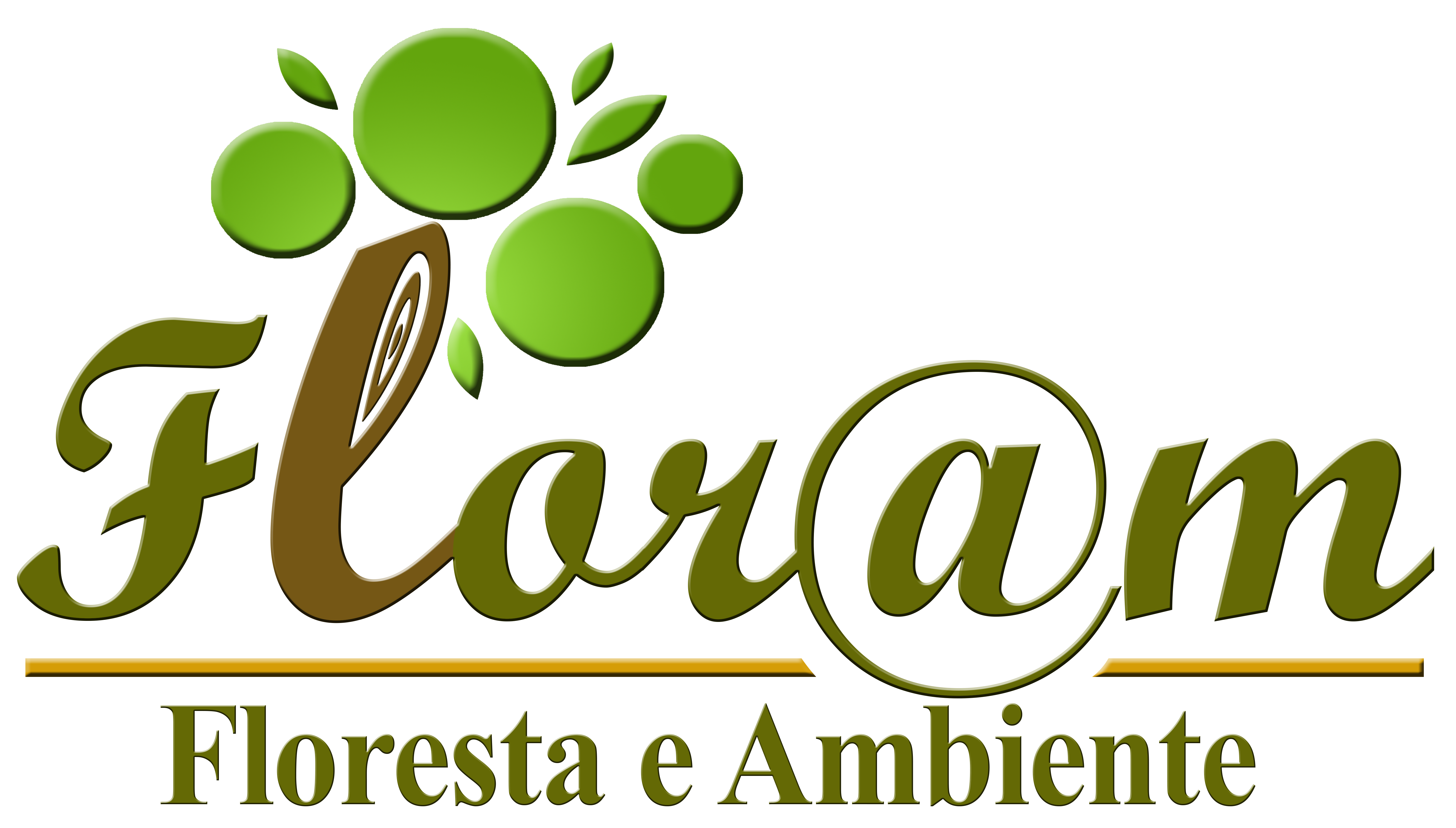Soil Microbial Biomass Across a Gradient of Preserved Native Cerrado
Nilza Silva Carvalho; Sandra Mara Barbosa Rocha; Vilma Maria dos Santos; Fabio Fernando de Araujo; Ademir Sérgio de Araújo
Abstract
Keywords
References
Alef K. Estimation of soil respiration. In: Alef K, Nannipieri P, editors.
Allison SD, Treseder KK. Warming and drying suppress microbial activity and carbon cycling in boreal forest soils.
Amaral AG, Pereira FFO, Munhoz CBR. Fitossociologia de uma área de cerrado rupestre na fazenda sucupira, Brasília - DF.
Araujo JF, Castro AP, Costa MMC, Togawa RC, Pappas GJ Jr, Quirino BF et al. Characterization of soil bacterial assemblies in brazilian savanna-like vegetation reveals acidobacteria dominance.
Bastida F, Barberá GG, García C, Hernández T. Influence of orientation, vegetation and season on soil microbial and biochemical characteristics under semiarid conditions.
Bending GD, Turner MK, Jones JE. Interactions between crop residue and soil organic matter quality and the functional diversity of soil microbial communities.
Berg G, Smalla K. Plant species and soil type cooperatively shape the structure and function of microbial communities in the rhizosphere.
Bremner JM. Nitrogen total. In: Sparks DL, editor.
Burns RG, De Forest JL, Marxsen J, Sinsabaugh RL, Stromberger ME, Wallenstein MD et al. Soil enzymes in a changing environment: current knowledge and future directions.
Carneiro MAC, Souza ED, Paulino HB, Sales LEO, Vilela LAV. Attributes quality indicators in cerrado soils surrounding the Parque Nacional das Emas, state of Goiás, Brazil.
Carvalho PCF, Anghinoni I, Moraes A, Souza ED, Sulc RM, Lang CR et al. Managing grazing animals to achieve nutrient cycling and soil improvement in no-till integrated systems.
Casida LE Jr, Klein DA, Santoro T. Soil dehydrogenase activity.
Coutinho LM. O conceito de Cerrado.
Eaton W, Chassot O. Characterization of soil ecosystems in Costa Rica using microbial community metrics.
Eivazi F, Tabatabai MA. Glucosidases and galactosidases in soils.
Emmerling C, Liebner C, Haubold-Rosar M, Katzur J, Schröder D. Impact of application of organic waste materials on microbial and enzyme activities of mine soils in the Lusatian coal mining region.
Empresa Brasileira de Pesquisa Agropecuária – EMBRAPA.
Fernandes MM, Carvalho MGC, Araujo JMR, Melo FR, Silva CA, Sampaio FMT et al. Matéria orgânica e biomassa microbiana em plantios de eucalipto no Cerrado piauiense.
Gama-Rodrigues EF, Gama-Rodrigues AC. Biomassa microbiana e ciclagem de nutrientes. In: Santos GA, Silva LS, Canellas LP editors.
Kandeler E, Gerber H. Short-term assay of soil urease activity sing colorimetric determination of ammonium.
Kruskal JB. Multidimensional scaling by optimizing goodness-of-fit to a nonmetric hypothesis.
Lamb EG, Kennedy N, Siciliano SD. Effects of plant species richness and evenness on soil microbial community diversity and function.
Leite LFC, Mendonça ES, Machado PLOA, Matos ES. Total C and N storage and organic C pools of a Red Yellow Podzolic under conventional and no tillage at the Atlantic Forest Zone, Southeastern Brazil.
Lino IAN, Santos VM, Escobar IEC, Silva DCA, Araújo ASF, Maia LC. Soil enzymatic activity in
Lucena IC, Amorim RSS, Lobo FA, Baldoni RN, Matos DMS. Spatial heterogeneity of soils of the Cerrado-Pantanal ecotone.
Malchair S, De Boeck HJ, Lemmens CMHM, Merckx R, Nijs I, Ceulemans R et al. Do climate warming and plant species richness affect potential nitrification, basal respiration and ammonia-oxidizing bacteria in experimental grasslands?
Marinari S, Mancinelli R, Campiglia E, Grego S. Chemical and biological indicators of soil quality in organic and conventional farming systems in Central Italy.
Mendes IC, Fernandes MF, Chaer GM, Reis FB Jr. Biological functioning of Brazilian Cerrado soils under different vegetation types.
Mganga KZ, Razavi BS, Kuzyakov Y. Microbial and enzymes response to nutrient additions in soils of Mt. Kilimanjaro region depending on land use.
Nardoto GB, Bustamante MMC. Effects of fire on soil nitrogen dynamics and microbial biomass in savannas of Central Brazil.
Nsabimana D, Haynes RJ, Wallis FM. Size, activity and catabolic diversity of the soil microbial biomass as affected by land use.
Ribeiro J, Colli GR, Caldwell JP, Soares AMVM. An integrated trait-based framework to predict extinction risk and guide conservation planning in biodiversity hotspots.
Ribeiro SC, Fehrmann L, Soares CPB, Jacovine LAG, Kleinn L, Gaspar RO. Above- and belowground biomass in a Brazilian Cerrado.
Schnürer J, Rosswall T. Fluorescein diacetate hydrolysis as a measure of total microbial activity in soil and litter.
Tabatabai MA, Bremner JM. Use of p-nitrophenyl phosphate for assay of soil phosphatase activity.
Tabatabai MA, Bremner JM. Arylsulphatase activity in soils.
Tabuchi H, Kato K, Nioh I. Season and soil management affect soil microbial communities estimated using phospholipid fatty acid analysis in a continuous cabbage (
Vance ED, Brookes PC, Jenkinson DS. An extraction method for measuring soil microbial biomass.
Wallenstein MD, McMahon S, Schimel J. Bacterial and fungal community structure in Arctic tundra tussock and shrub soils.
Yeomans JC, Bremner JM. A rapid and precise method for routine determimation of organic carbon in soil.

